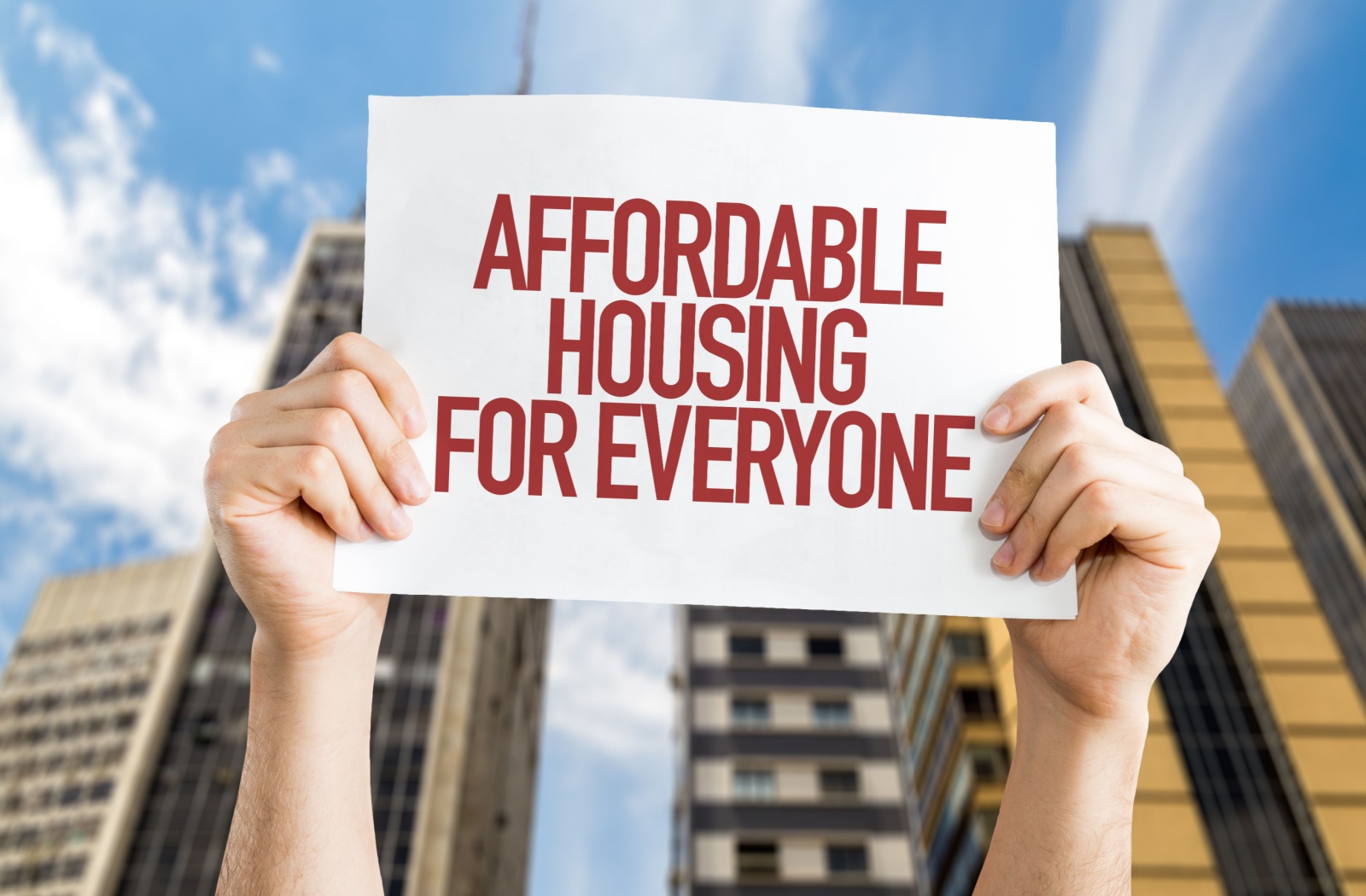Living in Ontario is a tale of contrasts. We can see a province brimming with opportunity, diversity, and incredible growth. Yet, many of our neighbours struggle to meet their basic needs.
The poverty line is more than a statistic for people facing financial hardship. It’s a daily reality that influences housing, food, health, and every facet of life.
The Market Basket Measure (MBM), Canada’s official poverty line, calculates the poverty line for a single person as approximately $2,302 per month, which translates to $27,624 annually.
Another widely used measure, the Low-Income Measure After Tax (LIM-AT), defined Ontario’s poverty line in 2021 as $26,570 for a single person or $53,140 for a family of 4.
These values vary between provinces and municipalities.
We invite you to join us in creating a brighter future for our neighbours. Together, we can make a difference.
Defining Ontario’s Poverty Line
About 1 in 7 Canadians live in poverty.
The poverty line refers to the minimum level of income deemed adequate to live in a specific location. The line varies from province to province and even within municipalities, depending on the cost of living.
While Canadians measure the poverty line in multiple ways, let’s examine 2 main measurements: LIM-AT and MBM.
LIM-AT
The Low-Income Measure After Tax (LIM-AT) defines the poverty line with a focus on income distribution, which can help compare how the bottom end of the income distribution compares to the broader middle class.
The LIM-AT is a national measurement that doesn’t account for regional differences in living costs.
Statistics Canada calculates and adjusts this value based on 50% of the median household annually. In 2021, this meant $26,570 for a single-person household and $53,140 for a family of four.
Note that these numbers only include basic living expenses, like housing, utilities, food, and clothing. Nothing more.
Now, in vibrant cities like Toronto and surrounding areas like Brampton (where housing prices continue to skyrocket), think about how quickly these costs can add up. When you’re living close to this poverty line, every dollar counts. But, it’s often not enough to make ends meet.
It’s far more complex than simply “earning” or “saving more.”
MBM
The Market Basket Measure (MBM) was adopted as Canada’s official poverty line in June 2019. The MBM calculates the minimum income needed to afford a basic basket of goods and services. It takes regional differences into account, so low-income thresholds vary across Canada.
The MBM benchmark varies based on family size and location (city, rural area, etc.). It defines the poverty line for a single person in Ontario as $2,302 per month, which translates to $27,624 annually.
To get a clearer picture, here’s how the poverty line for a family of 4 has changed for Torontonians based on the Toronto Census Metropolitan Area (CMA):
- $49,304 in 2019
- $55,262 in 2022
- $57,531 in 2024
While the MBM can offer a more precise measure of deep poverty, when a person has a household income below 75% of the poverty line, it still only includes household expenses classified as basic needs. It doesn’t capture expenses like childcare or prescription medication.
Vulnerability to Housing Instability
One of the most visible signs of poverty is housing instability.
According to the Canadian Mortgage and Housing Corporation, housing is considered affordable when it accounts for less than 30% of a household’s pre-tax income. However, this threshold is often impossible to meet for those living below Ontario’s poverty line.
Many Canadians spend over 50% of their income on housing, a far cry from the 30% affordability criteria.
Brampton, in particular, faces unique challenges.
The city’s growing population and limited affordable housing options mean many families are forced to choose between rent and other essentials, such as food and medicine. Sadly, this creates a cycle of financial stress, where households teeter on the edge of housing instability.
At Regeneration Outreach Community, we work with many people who are experiencing homelessness or at risk of it. Contrary to common stereotypes, these people include parents juggling 2 jobs, seniors on fixed incomes, and young people aging out of foster care.
No one should have to choose between paying for heat and groceries. Unfortunately, it’s a heartbreaking reality for many in our community.

Ending the Stigma
When we picture someone experiencing homelessness, our assumptions often fail to reflect the full complexity of their situation. It’s far too easy to reduce people to their circumstances, forgetting their humanity, stories, and resilience.
The roots of housing instability are deep and complex, often tied to systemic issues such as the widening gap between wages and housing costs, limited access to affordable preventative healthcare, and the scarcity of mental health services.
A sudden job loss or family crisis (problems we can’t always prepare for) can trigger a devastating domino effect, making it challenging to keep up with rent or basic needs.
These hardships, compounded by a lack of safety nets, push people and families into precarious situations where maintaining stable housing becomes a daily struggle.
We believe that addressing these systemic barriers requires a compassionate, community-driven approach. Connecting people with resources and essential services can support long-term stability.
Whether that’s helping someone find temporary shelter, crafting a plan to regain financial security, or offering a kind word of reassurance, our mission is to stand beside those who need it most.
When the whole community works together, we can begin to turn the tide, uplifting our neighbours and fostering a future where everyone has a safe place to call home.
How You Can Make a Difference
An African proverb that says, “If you want to go far, go together.” Addressing poverty and housing instability requires a collective effort, and there are so many ways you can make a difference in your community.
Donate
Your donations to Regeneration Outreach Community directly support essential services, including meals, clothing, and housing assistance for Brampton’s most vulnerable residents.
Even a small amount can have a big impact!
Volunteer
As a volunteer, your time, energy, and dedication bring smiles to our community members. As we continue to grow, a helping hand makes it possible for us to pursue our mission.
From our Essential Care Program, which meets immediate needs, to our Marketplace initiative, which provides access to affordable foods, your involvement strengthens the sense of community we all share.
Advocate
Speak out in support of affordable housing initiatives and poverty reduction programs in Ontario. Educate your network, attend local meetings, and write to your elected representatives.
Advocacy is how systemic change begins.
Spread Hope This Spring
Poverty closely intertwines with housing instability. They are community challenges that require community-oriented solutions.
As we celebrate hope and renewal this season, let’s extend that compassion by giving back. Whether creating care packages, participating in food drives, or simply sharing a kind word, your actions can inspire others to do the same.
Connect with the Regeneration Outreach Community to get involved!



